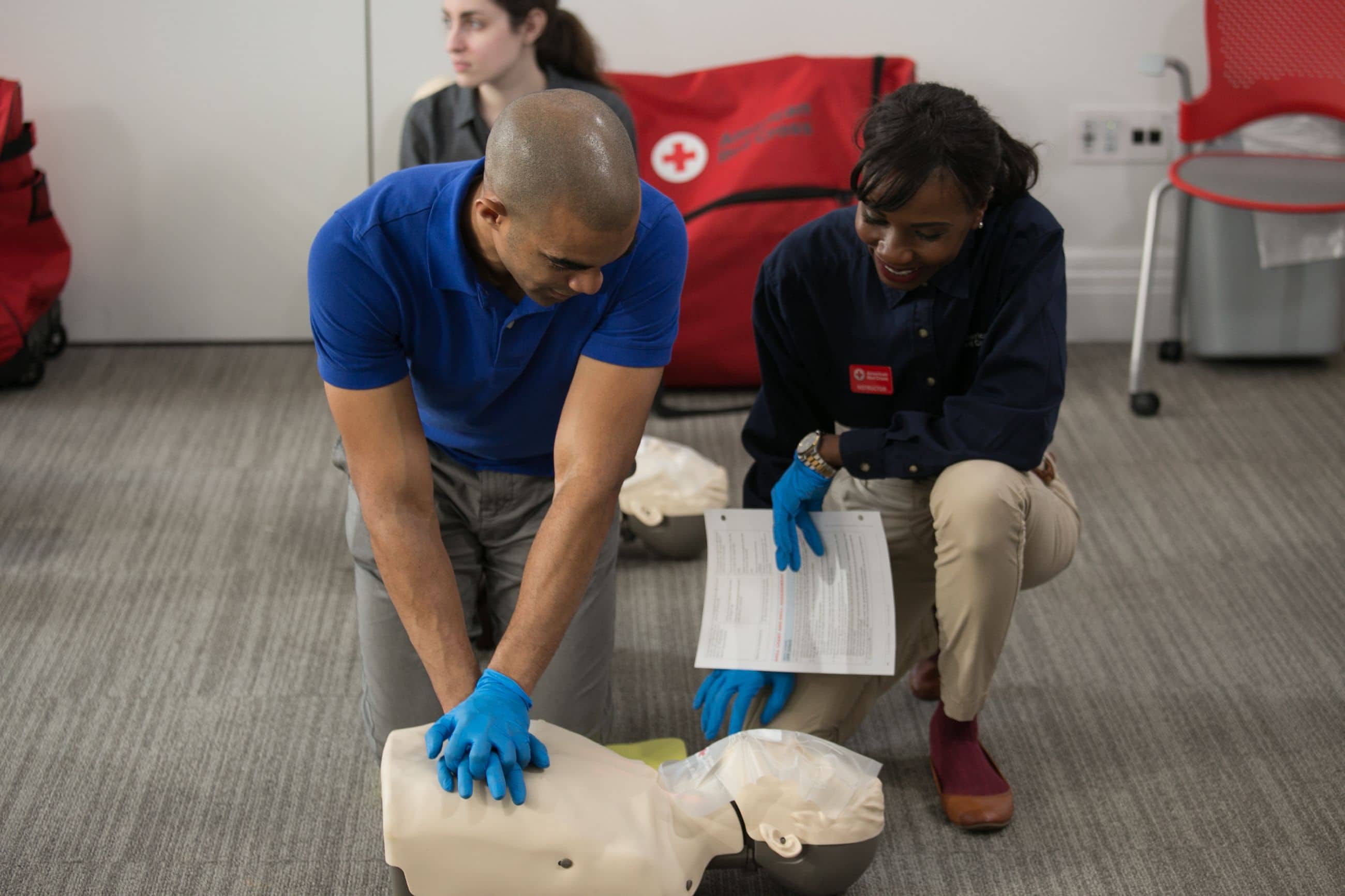
Cardiopulmonary resuscitation (CPR) training is a crucial component of emergency preparedness that can save lives during cardiac emergencies. By equipping individuals with the skills to perform CPR, communities can enhance their collective response to medical crises. This article explores the significance of CPR training, its impact on emergency CPR Trainer preparedness, and why it should be a fundamental part of every individual’s skill set.
Understanding CPR
CPR is a lifesaving technique used in emergencies when someone’s breathing or heartbeat has stopped. It involves a combination of chest compressions and rescue breaths, designed to maintain blood flow and oxygen to vital organs until professional medical help arrives. The procedure can be performed by anyone with the appropriate training, making it a valuable skill for both medical professionals and laypersons alike.
The importance of CPR Training
CPR training ensures that individuals know how to act quickly and effectively in emergency situations. Without immediate intervention, a person experiencing cardiac arrest can suffer brain damage or death within minutes. Training provides the knowledge and confidence needed to perform CPR correctly, which can significantly increase the chances of survival. Moreover, trained individuals are more likely to act in an emergency, rather than standing by in uncertainty.
CPR Training and Community Impact
Communities with higher rates of CPR-trained individuals are better equipped to handle emergencies. Training programs often include practical simulations that prepare participants for real-life scenarios. In public spaces such as schools, workplaces, and recreational facilities, having multiple people trained in CPR can create a safer environment. Additionally, widespread CPR training fosters a culture of preparedness and response, making it easier to manage emergencies efficiently.
Challenges and Solutions
Despite its importance, CPR training is not universally accessible. Factors such as cost, time constraints, and lack of awareness can hinder participation. Addressing these challenges involves increasing public awareness about the availability and benefits of CPR courses, offering training through community organizations, and integrating CPR education into school curriculums. Making CPR training more accessible can help overcome these barriers and improve overall emergency readiness.
The Role of Technology in CPR Training
Advancements in technology have revolutionized CPR training by providing innovative tools and resources. Online courses, mobile apps, and interactive simulations offer flexible learning options that accommodate various schedules and learning styles. These technologies not only make CPR training more accessible but also enhance the quality of instruction, ensuring that individuals are well-prepared to perform CPR effectively.
Conclusion
Incorporating CPR training into emergency preparedness plans is essential for saving lives and enhancing community resilience. By understanding the importance of CPR, addressing barriers to training, and leveraging technology, individuals and communities can better prepare for medical emergencies. As such, CPR training should be recognized as a fundamental skill, with efforts made to ensure its widespread availability and implementation.
